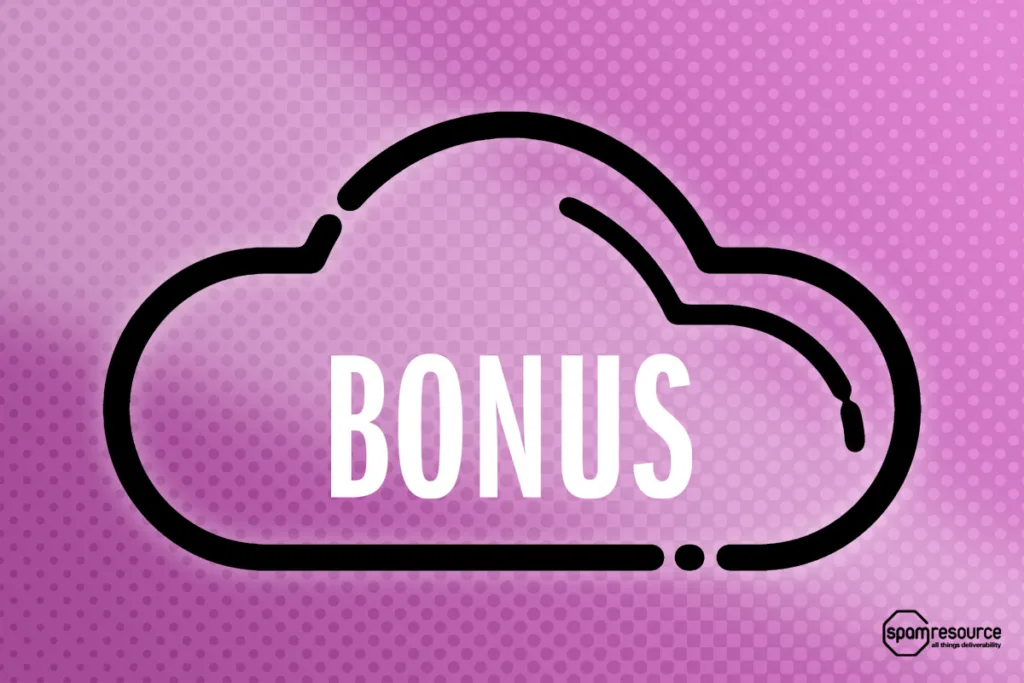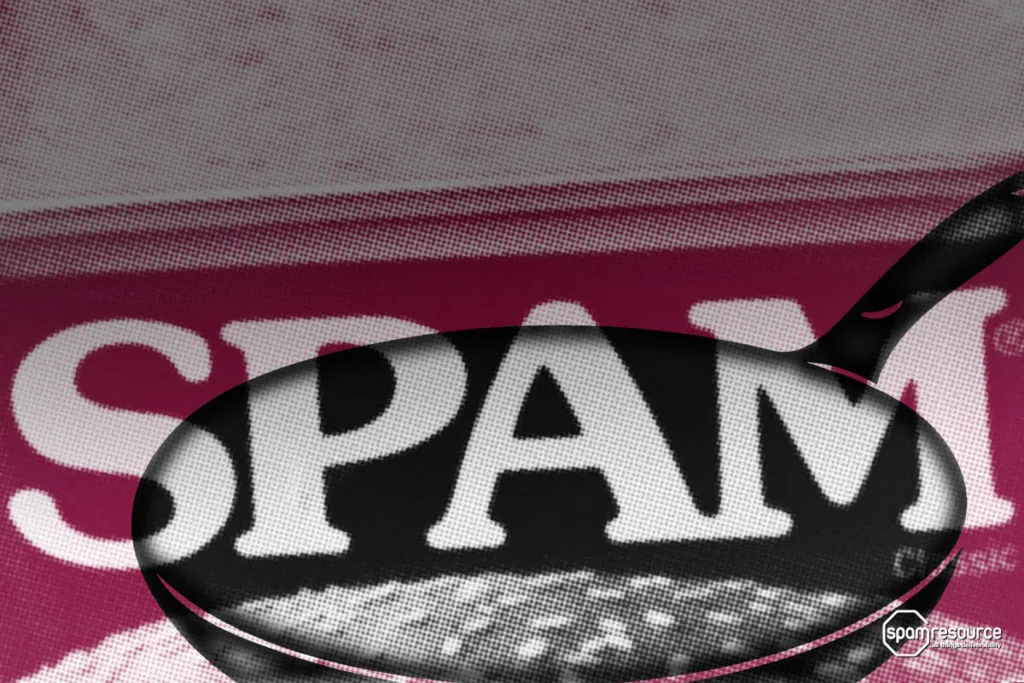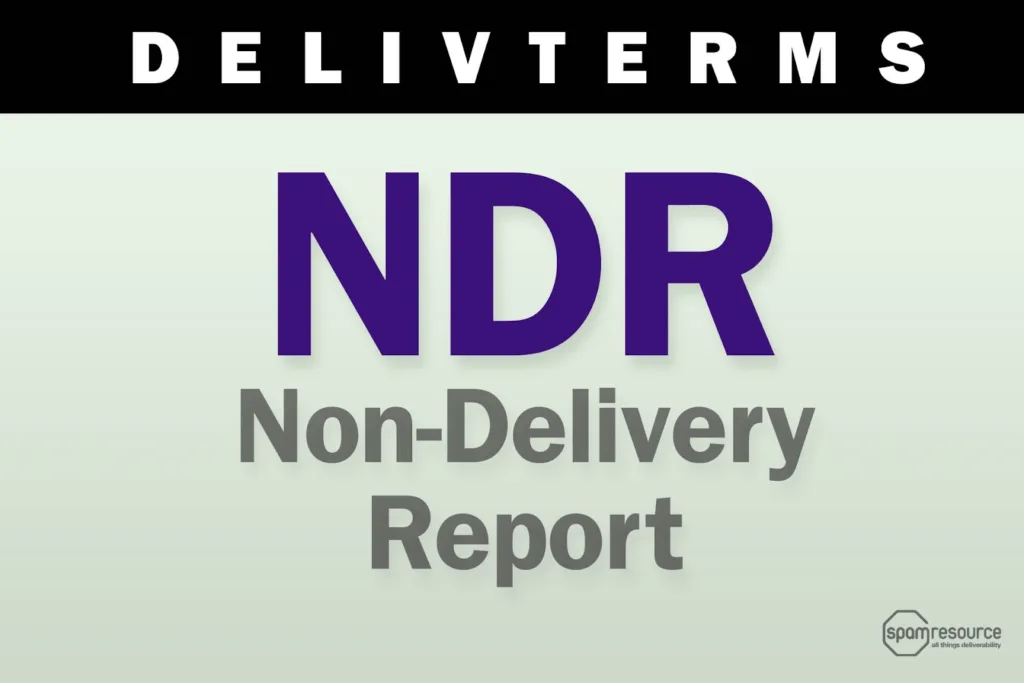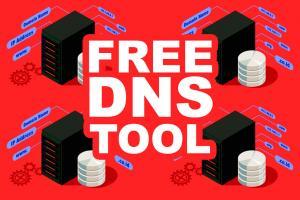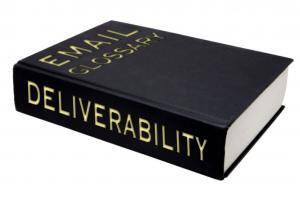Spam Resource
Here’s a bonus Salesforce Marketing Cloud tip for those SFMC users out there in Spam Resource land. Wondering how to configure the Reply Mail Management reply handling functionality? If so, very smart SFMC wizard Donna Redmond has got just what you need: a blog post (and a package manager and video) that explain what you can do with this functionality, and how to configure it. Check it out here.
If you didn’t already know, that screenshot that’s been all over social media, suggesting that Google is telling users that Gmail is to be sunsetted in August 2024, is a hoax. Don’t believe the hype. You can read more on this from the BBC here. An interesting side note: Apparently Elon Musk used this as an opportunity to suggest that a Musk-provided alternative, called X Mail, is coming. There isn’t much more to say about that until/unless something actually happens. Stay tuned.
Yes, I do have various Google alerts set up watching for food-related spam articles. Or SPAM, in this case! Without those alerts, I wouldn’t have stumbled across this deliciously described spam fried rice recipe courtesy of the Recipe Critic. A simple combination of pan-fried spam, fluffy rice, eggs, and veggies, it seems very much like your typical fried rice recipe, but the addition of the diced, salty SPAM luncheon meat kicks things up a notch and this one is going on my “gotta try this” list immediately. Spam Fried Rice Recipe | The Recipe Critic
It’s time to decode another deliverability acronym. Today, we’re going to tackle NDR, which stands for “Non-Delivery Report.” NDR is another way to say “bounce message.” I consider them essentially to be synonyms. In my opinion, the acronym NDR is a bit of a Microsoft-ism, and the more appropriate generic term is probably “bounce message.” What’s a bounce message? Whenever you try to email somebody, but you get a notification email back that tells you that your attempt to mail that someone was unsuccessful. That response, notifying you of the delivery failure is an NDR or bounce message. When you use an email service provider, CRM or newsletter tool to send email messages, these tools typically receive and process any bounces for you automatically. It’s not always necessary to generate a whole NDR email message when a message doesn’t go through — much of the time, when a newlsetter tool
Here’s a question I get asked a lot: What platform should I use for my email newsletter? And of course, the answer is, it depends, not only because I’m a weirdo who built his own email newsletter platform. Spam Resource is fully homegrown, with signup form code that dates originally back to the late 1990s (double opt-in is timeless, ha ha), to my own custom RSS->email scraper and message builder. But you’re not me, and so I don’t expect you to build it all yourself. So the question becomes, what then? I’ve used Mailchimp and AWeber a lot recently, Beehiiv looks pretty neat, and I don’t know anything at all about ConvertKit. And for the platforms that I have used, I don’t know if I know enough to guide you one way versus the other. So, allow me to defer to Dan Oshinsky, who back in December, shared his guide to
Add this one to the dead domains list … eventually. Secure email (mailbox) provider Skiff has announced that due to being acquired by a company called Notion, the Skiff secure email service will be shutdown. As far as timing, access to the Skiff suite of services will cease on August 9, 2024, but automatic email forwarding will continue on, through February 9, 2025. Skiff promises that users should be easily able to migrate data out of the Skiff service, allowing users to download email messages in MBOX or EML format. Besides the core skiff.com domain, Skiff appears to have hosted mail for around 120 of the top ten million domains (and it ranked 48,665 on that list itself, as of December, 2023). More on the shutdown from ARS Technica.
Mimecast provides “cloud cybersecurity services for email, data and web,” specializing in cloud-based email management for Microsoft Exchange and Microsoft Office 365, including security, archiving, and continuity services to protect business mail. To clients and users, Mimecast may seem like an integrated Microsoft add-on, but from a sender’s perspective, Mimecast is effectively its own mailbox provider. Typical Mimecast customers point their domains’ MX records at Mimecast infrastructure and any inbound mail is rejected or accepted by that infrastructure before being logged, processed, archived (if archiving is enabled), before being forwarded to the actual end user mailbox for the email message’s destination. Mimecast hosts inbound email services for many thousands of email domains. When cross-referenced against the top 10 million domains, Mimecast shows up in the MX record for over 37,000 of those domains. While this is smaller than Google (~800,000) and Microsoft (~727,000), a lot of the entities you’ll see
CDP (customer data platform) and marketing communication platform Simon Data is looking to fill the role of Senior Manager, Email Deliverability. In that role, the perfect person would: Provide hands-on strategic deliverability expertise and guidance during account architecture, sender onboarding, and infrastructure warmup to help ensure client success. Expand both the scope and reach of both basic and premium deliverability service offerings to include the broader Simon Data customer base. Ensure Simon Data is on top of the latest compliance and deliverability trends, technologies, and strategies by engaging with industry leaders and organizations (this may also include representing Simon Data externally with industry groups) and more! Does this sound like it might be the right role for you? If so, click here to learn more and/or to apply.
If you’re suffering from DMARC-related malaise, perhaps this will help you forget about it for a few minutes. For absolutely no useful business reason, I share with you a cover of Feel Good Inc. (originally performed by Gorillaz) being played on a (number of) Stylophones. This makes me smile and I hope it does the same for you. Thanks, maromaro1337, whoever you are!
The Certified Senders Alliance (CSA) provides a whitelist, reputation data and training related to email marketing best practices. It is a service of the Europe-based internet industry association eco. As the CSA describes themselves, “[they act] as a neutral interface between mailbox providers and senders of commercial emails.” Internet company (mailbox provider, web portal and search engine) Seznam has joined the CSA and has implemented the CSA “certified IP list.” Seznam operates the largest Czech freemail service, Email.cz, which is actively used by more than six million users every month. Learn more about the CSA here.

